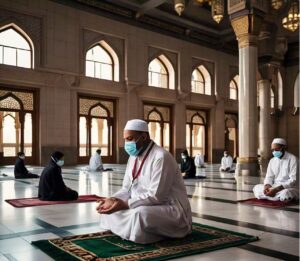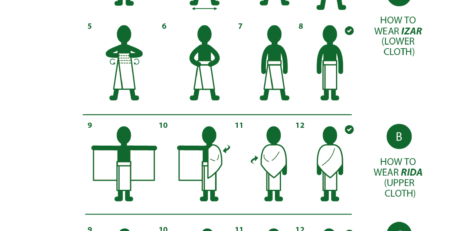Umrah During a Pandemic: Challenges and Adaptations
In recent times, the experience of performing Umrah has undergone significant changes. The global pandemic has imposed unprecedented challenges, compelling pilgrims and authorities to adapt swiftly. This blog post delves into the various challenges faced during Umrah in a pandemic and the adaptations that have been implemented to ensure the safety and well-being of all involved. Firstly, the most immediate challenge was the restriction on travel. Many countries implemented stringent travel bans to curb the spread of the virus, resulting in a significant drop in the number of pilgrims able to visit Mecca. Consequently, many prospective pilgrims had to postpone or cancel their plans, leading to widespread disappointment and financial loss. Additionally, the need for social distancing posed a unique challenge in a place that traditionally sees millions of pilgrims gathering in close proximity. The dense crowding during rituals such as Tawaf (circumambulation of the Kaaba) and Sa’i (walking between the hills of Safa and Marwah) had to be re-evaluated to prevent the virus’s spread. Moreover, health and safety concerns became paramount. The risk of outbreaks within the holy sites necessitated rigorous health protocols. Pilgrims were required to undergo multiple health checks, including PCR tests, both before departure and upon arrival. This added a layer of complexity and anxiety to the pilgrimage process. In response to these challenges, several innovative adaptations were put in place. One of the most significant changes was the introduction of a permit system. Pilgrims now had to apply for permits to perform Umrah, ensuring that the number of visitors at any given time was controlled and manageable. Furthermore, advanced technology played a crucial role. Mobile apps were developed to monitor health status and facilitate contact tracing. These apps also provided real-time updates on crowd density, allowing pilgrims to avoid crowded areas and maintain social distancing. Sanitation measures were dramatically increased. The holy sites underwent frequent disinfection, and hand sanitizing stations were installed at strategic locations. Additionally, the use of masks was mandated, and thermal scanning became a routine part of the entry process. Interestingly, the pandemic also accelerated the digitalization of religious practices. Virtual sessions and online resources were made available for educational and spiritual guidance, allowing those unable to travel to still engage in the rituals of Umrah from afar. While the pandemic has posed significant challenges, it has also highlighted the resilience and adaptability of the Muslim community. The lessons learned during this period are likely to shape the future of Umrah. Enhanced health protocols and the use of technology may become permanent fixtures, ensuring a safer and more organized pilgrimage experience. In conclusion, the pandemic has undeniably transformed the Umrah experience. Despite the hurdles, the swift adaptations have enabled pilgrims to continue their spiritual journey while prioritizing health and safety. As the world moves towards recovery, the innovations and practices developed during this time will likely have a lasting impact on how Umrah is performed in the years to come. If you need any help regarding application process and got any query, feel free to contact us. We are your true companions and we respect our dignity. If you want to know about how to apply for japan, click here. If you want to know about OUR HUNGARY STUDENT VISA, click here.
Challenges Faced

Adaptations Implemented

The Future of Umrah

Book an Appointment with Us:

Ask Anything










